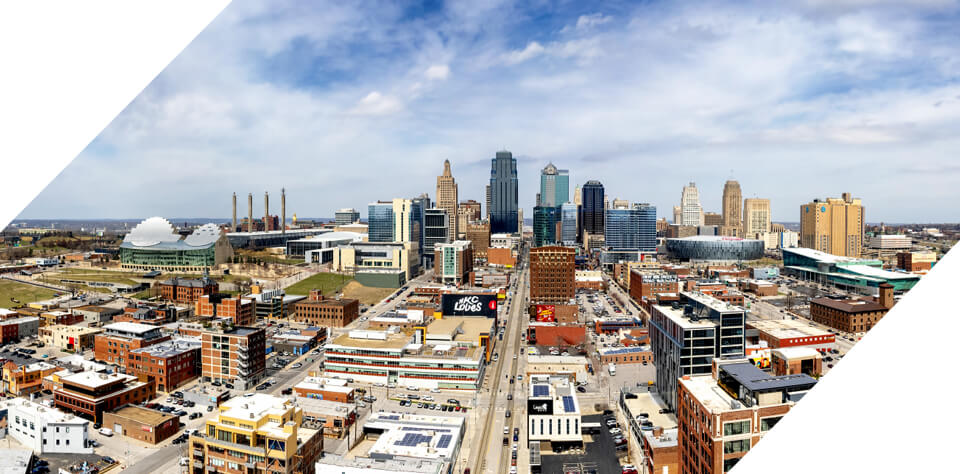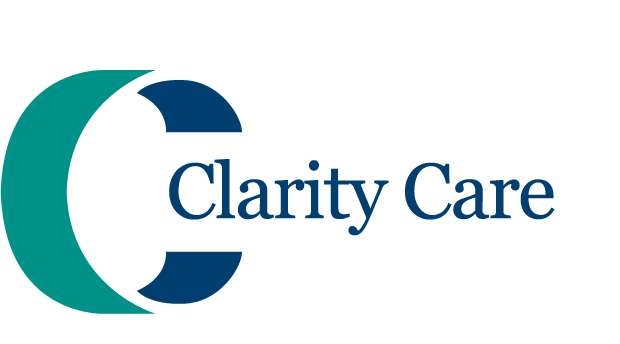What is a spinal compression fracture?
A spinal compression fracture occurs in the spine when one or more vertebra collapses or becomes compressed due to excessive force or pressure. This can cause the affected vertebrae to lose height and can result in excessive pain, limited mobility, and potential deformity. Spinal compression fractures are commonly associated with osteoporosis, a condition that weakens the bones and makes them more susceptible to breakage often known as a type of fragility fractures.

Symptoms of a Spinal Compression Fracture
Symptoms of a spinal compression fracture may vary depending upon the severity of the fracture and the location in the spine. Some common symptoms include:
- Sudden and severe back pain that worsens with movement or weight bearing activities
- Decreased height due to the collapse of spinal vertebrae
- Kyphosis, or abnormal forward curvature of the spine, resulting in hunched posture
- Limited mobility that presents as pain and stiffness which limits ability to perform daily tasks
Some spinal compression fractures are not accompanied by noticeable symptoms initially, especially in those with osteoporosis. If you suspect you may have a spinal compression fracture, it is essential to seek a medical evaluation for an accurate diagnosis and appropriate procedure.

Kyphoplasty: Step by Step
Benefits of Kyphoplasty
Kyphoplasty has been shown to be an effective procedure for spinal compression fractures. Benefits and outcomes associated with kyphoplasty include significant and immediate pain relief, improved vertebral height, vertebral stabilization, restoration of mobility, short recovery time, and low complication rates.
It is important to note that the effectiveness of kyphoplasty may vary depending on factors such as the underlying cause of the fracture, the severity of the fracture, and the patient's overall health. Ideal candidates are in good general health, have adequate bone quality, and maintain fracture stability (meaning not at risk for fracturing further).

What to Expect After Kyphoplasty
Following a kyphoplasty procedure, the incision site is closed, and the patient is monitored in a recovery area. Pain relief is often immediate, and most patients resume walking within a few hours. Pain relief can be immediate, and in over 90 percent of cases, pain continues to decrease in the two weeks following the procedure. Patients that fail to resume their baseline activity levels may have other issues that contribute to this failure. Regular follow-up appointments with your healthcare provider to assess the effectiveness of the procedure and to monitor any changes in symptoms are routine.
Questions? We have answers.
To determine if kyphoplasty is right for you, schedule a consultation with one of Clarity Care's expert spine specialists or orthopedic surgeons to discuss potential benefits and success rates for your specific condition. They can use these tools to decide if you are a candidate.
A spinal compression fracture is typically diagnosed through a combination of medical history, physical examination, and diagnostic imaging tests. These tests may include:
- X-Ray to reveal fractures, changes in vertebral height, and other spinal abnormalities
- Magnetic Resonance Imaging (MRI) scan to provide detailed images of the spine to identify fractures, evaluate the extent of damage, and check for nerve or soft tissue involvement
- Computed Tomography (CT) scan provides cross sectional images of the spine, offering more detailed information about the fracture and its location
- Bone Density Screenings to assess the strength and density of bones
- Blood Samples to check for conditions such as osteoporosis or cancer
- Osteoporosis. This condition weakens the bones and makes them more likely to break. Common in the elderly, postmenopausal women, and individuals with low bone density, this is considered a primary risk factor.
- Age. As we age, our bones become weaker and more prone to fractures.
- Gender. Women, especially postmenopausal women, have a higher risk of developing spinal compression fractures compared to men. Hormonal changes can lead to a decrease in bone density.
- Previous fractures, especially in the bone or hip.
- Family history of osteoporosis or fractures can increase risk.
- Certain medical conditions. Conditions such as hyperthyroidism, rheumatoid arthritis, multiple myeloma, and certain cancers can weaken the bones.
- Medications. Prolonged use of corticosteroids, such as prednisone, can lead to fractures.
- Lifestyle factors such as smoking, excessive alcohol consumption, and a sedentary lifestyle heighten risk.
If you are considering kyphoplasty, there are alternative methods of procedure that you may consider:
- Alternative 1 >> Vertebroplasty. This procedure is like kyphoplasty, but instead of using a balloon to create space, a special cement is injected directly into the fractured vertebrae to stabilize it.
- Alternative 2 >> Spinal Fusion. In cases where the vertebrae are severely damaged or unstable, spinal fusion surgery may be recommended. This procedure involves permanently connecting two or more vertebrae together using bone grafts, metal plates, or rods.
- Alternative 3 >> Conservative Procedure. In some cases, non-surgical options such as physical therapy and medication may be used to manage symptoms. Orthotic devices or braces can also be used to stabilize the spine and reduce pain and discomfort. Underlying osteoporosis may also be addressed through lifestyle and dietary changes, as well as medications to strengthen bone density.
The choice of procedure depends on various factors and should be discussed with your healthcare provider, who can provide guidance based on individual circumstances and preferences.
Clarity Care Imaging & Specialty Care is at 9040 Quivira Road in Lenexa, Kansas. Our center is conveniently located just north of Oak Park Mall with easy access from much of the Kansas City area including Overland Park, Olathe, Shawnee, Merriam, Mission, Leawood and Prairie Village.
Schedule an appointment?
LET'S GET STARTED
Care that covers communities in Kansas & Missouri.
The Clarity Care Imaging & Specialty Care office is conveniently located at 9040 Quivira Road in Lenexa, Kansas. Our center is just north of Oak Park Mall with easy access from much of the Kansas City area including Overland Park, Olathe, Shawnee, Merriam, Mission, Leawood and Prairie Village.




